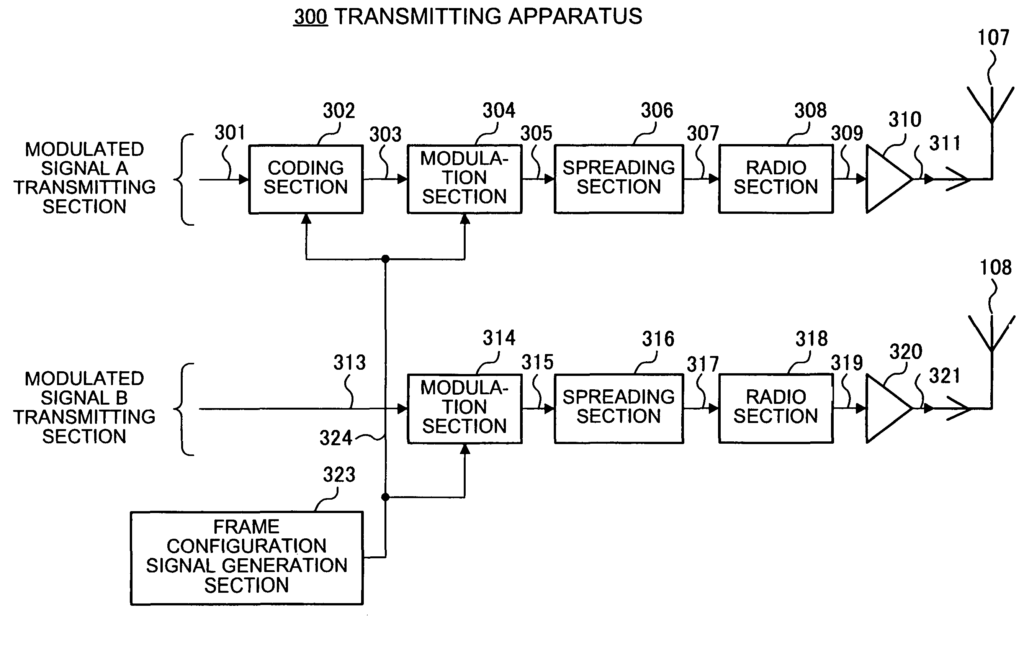Enhance Connectivity with Advanced Communication
Introduction
In today’s interconnected world, reliable communication systems are the backbone of every industry, from telecommunications and wireless communications to networking and consumer electronics. With data transfer demands growing exponentially, industries are constantly seeking ways to enhance connectivity, optimize transmission quality, and reduce interference. Our patented communication apparatus and method offer a state-of-the-art solution that meets the rising demand for faster, more efficient data transmission across multiple sectors.
The Need for Reliable Communication Systems
Modern communication systems are under immense pressure to deliver faster data speeds, handle larger bandwidths, and ensure uninterrupted connectivity. As more devices come online and data traffic grows, current communication methods can struggle to meet these demands. Issues such as signal interference, reduced quality during transmission, and inefficient use of bandwidth can lead to poor user experiences and operational inefficiencies.
Industries need advanced communication technologies that can handle this growing demand while providing high-quality, reliable transmissions.
Why Choose Advanced Communication Technology?
Our patented communication apparatus and method offer a comprehensive solution to these challenges. This technology is designed to improve both the quality and efficiency of communication systems, ensuring that signals are transmitted with minimal interference and maximum reliability. By optimizing data flow and transmission pathways, it allows industries to enhance the speed and clarity of their communications, even in high-demand environments.
Whether it’s used in telecommunications networks, wireless communication devices, or electronics systems, this technology provides a powerful, flexible tool for improving connectivity. It’s adaptable to a wide range of applications and can be easily integrated into existing communication infrastructures. With this solution, businesses can reduce delays, improve signal strength, and provide a more seamless user experience.
Key Benefits
- Improved Signal Quality: Enhances data transmission for clearer, more reliable communication.
- Reduced Interference: Minimizes disruptions and ensures consistent performance.
- Broad Applications: Ideal for telecommunications, wireless networks, and electronic systems.
- Faster Data Transmission: Optimizes communication methods for improved speed and efficiency.
Boost Performance with Advanced Communication Technology
Licensing this communication apparatus and method offers companies a chance to significantly improve their communication networks. Whether in telecommunications, networking, or wireless industries, this advanced technology ensures that your systems are operating at peak efficiency, providing better connectivity and a more seamless user experience across the board.

- Abstract
- Claims
1. A transmitting apparatus comprising:
4. A transmission method comprising:
Share
Title
Communication apparatus and communication method
Inventor(s)
Yutaka Murakami, Kiyotaka Kobayashi, Masayuki Orihashi, Akihiko Matsuoka
Assignee(s)
Panasonic Intellectual Property Corp of America
Patent #
7773694
Patent Date
August 10, 2010
